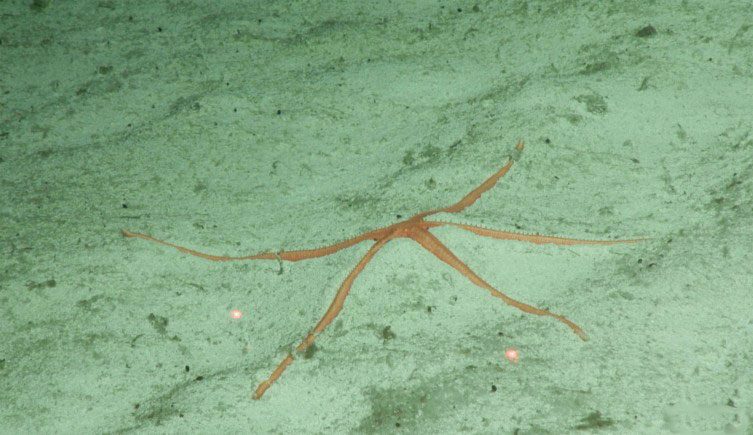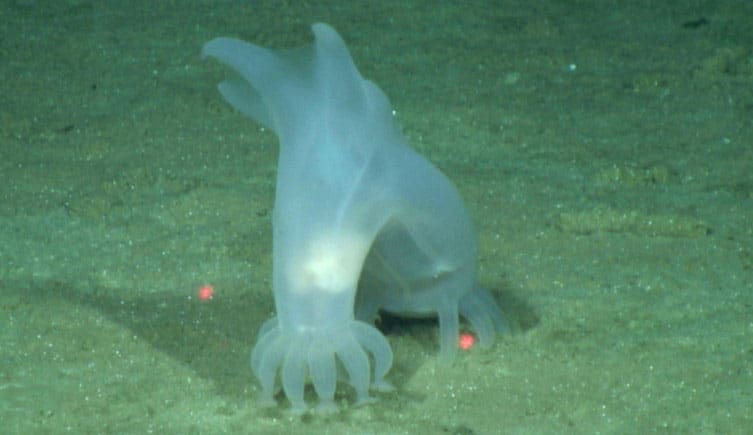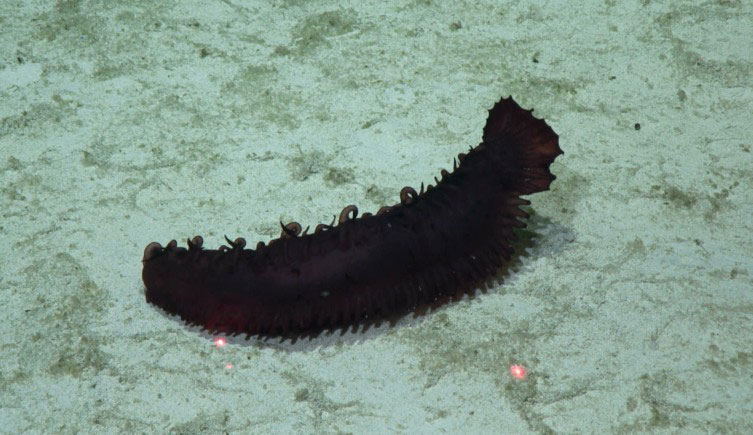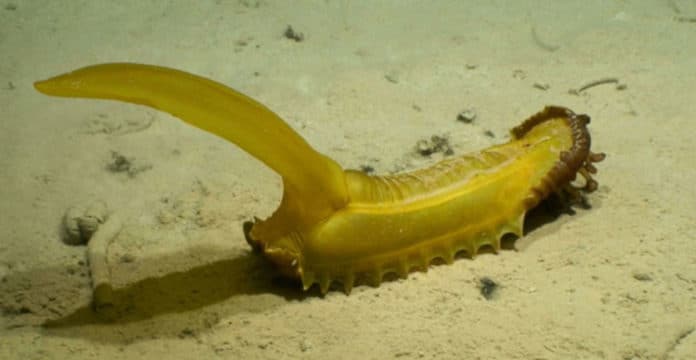Scientists from the Natural History Museum in the UK have discovered over 30 potentially new species living at the bottom of the sea. The new species were collected from the abyssal plains of the Clarion-Clipperton Zone in the central Pacific using a remotely operated vehicle (ROV).
The Clarion-Clipperton Zone (CCZ) covers over five million square kilometers in the Pacific Ocean, lying between Hawaii and Mexico. It is around 5,500 meters at its deepest.
In total, the ROV collected 48 different species. Nine among them are already known to science, but the remaining 39 may be new species. It isn’t easy to access them, though.

Dr. Guadalupe Bribiesca-Contreras, the lead author of a new study revealing this previously unknown diversity, said, “This research is important not only due to the number of potentially new species discovered but because these megafauna specimens have previously only been studied from seabed images. Without the specimens and the DNA data they hold, we cannot properly identify the animals and understand how many different species there are.”
Merit Researcher Dr. Adrian Glover, who leads the Museum’s Deep Sea Research Group, says, “We know that small millimeter-sized animals called macrofauna are extremely biodiverse in the abyss. However, we have never really had much information on the larger animals we call megafauna, as so few samples have been collected. This study is the first to suggest that diversity may be very high in these groups as well.”
CCZ has been a subject of interest for scientists to evaluate the impacts of seabed mining on this environment; however, it is remote and difficult to research.

Guadalupe said, “The deep sea is pretty understudied. It’s costly to go out on research cruises, and they don’t generally return to the same areas. One problem is that in the CCZ, areas have been protected, but we know rather little about them.”
“Our study looked at three of these protected Areas of Particular Environmental Interest (APIs) thanks to grants from the Gordon and Betty Moore Foundation and the National Oceanic and Atmospheric Administration, and the leadership of Prof Emeritus Craig Smith of the University of Hawaii.”
Co-author Dr. Thomas Dahlgren from the University of Gothenburg studied the videos. He says, “As they drove the ROV across the seafloor, it first appeared that the animals were incredibly rare.”
“There were times when we did not see a single animal for quite a while. But incredibly, each animal we found was almost always a different species. It’s a very unusual ecosystem.”

Guadalupe said, “I was definitely not expecting to find so many animals. We were not certain that there would be any known species from the area as so many species are yet to be described.”
“We thought that some of the species we found were cosmopolitan, living across large areas of the ocean, but by looking more closely at their DNA, we found that they are different species, possibly restricted to smaller habitats. There are probably not yet enough samples to understand the variation within them fully.”
Journal Reference:
- Guadalupe Bribiesca-Contreras et al. Benthic megafauna of the western Clarion-Clipperton Zone, Pacific Ocean. ZooKeys 1113: 1-110. DOI: 10.3897/zookeys.1113.82172
